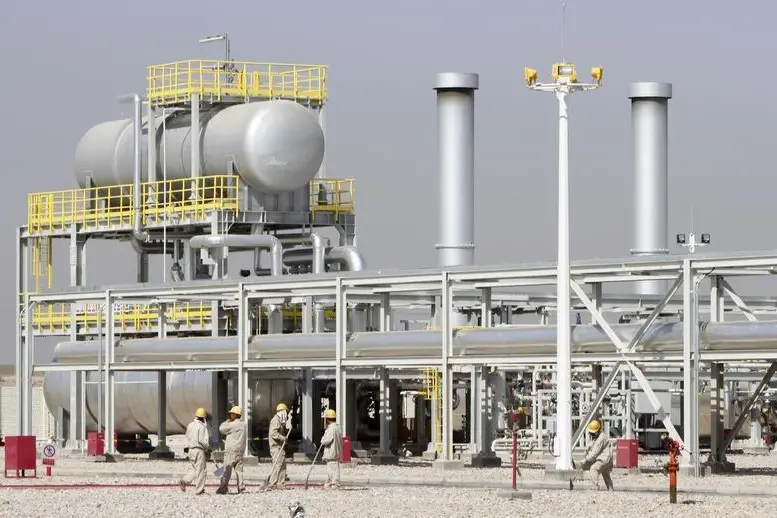PHOTO
ABU DHABI - Iraq will struggle to generate enough electricity unless it continues to use Iranian gas for three to four more years, the electricity minister said on Tuesday, resisting U.S. pressure to stop the imports from its Middle East neighbour.
Iranian oil exports have tumbled since the United States imposed new sanctions on Iran this year, seeking to isolate the Islamic Republic in a row over its nuclear ambitions.
Iraq has a U.S. waiver to import Iranian gas, but Washington has been pressing Baghdad to phase them out.
"At the end of the day it is an open market," Electricity Minister Luay al Khateeb told reporters on the sidelines of the World Energy Congress in Abu Dhabi. "The issue of electricity is regularly becoming a political affair in Iraq."
Power cuts in Iraq have often prompted protests against the authorities. Iran supplies enough gas to power 2,500 megawatts (MW), as well as providing Iraq with 1,200 MW in direct power supplies.
The minister said Iraq now had capacity for 18,000 MW, up from 12,000-15,000 MW last year but still below peak demand that could reach about 25,000 MW and was rising every year.
Exports of gas to Iraq and exports of refined products to global markets remain an important source of revenues for Iran.
"We have balanced relations with everyone and people should respect it," al Khateeb when asked about rising U.S. pressure over its Iranian energy supplies.
The minister said the power sector needed investment worth at least $30 billion to upgrade the grid, which was 50 years old and had lost 25% of its capacity due to Islamic State attacks.
Al Khateeb said Iraq was paying for Iranian gas based on a formula averaging around 11% of the price of benchmark Brent crude oil or about $6 per million British thermal unit (MBTU). This compares to $2-$3 per MBTU in the oversupplied U.S. market.
Iranian gas imports could be reduced if Iraq used more of its gas reserves rather than flaring it, or burning off the associated gas that is produced during oil extraction.
Oil Minister Thamer Ghadhban said four projects were underway to help convert 1.2 billion cubic feet of associated gas into liquids and significantly reduce flaring.
(Reporting by Dmitry Zhdannikov; Editing by Edmund Blair) ((Dmitri.Zhdannikov@thomsonreuters.com;))












